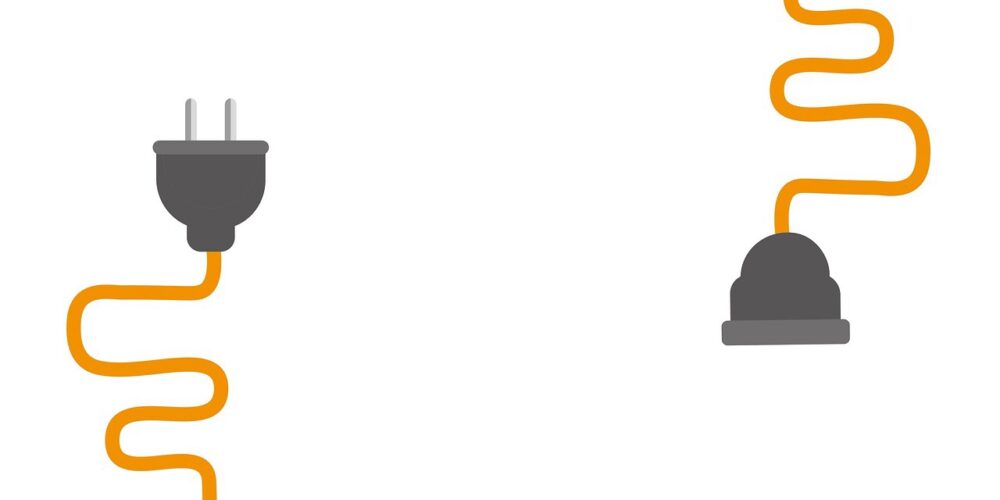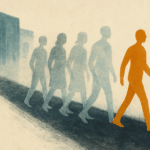Built the app, forgot the flow

This actually happened.
My wife received an online delivery order. She had paid for it. The items were correct. It had come to the right place. But the rider was unable to hand it over—and so the order went back.
The absurd sequence began when Mrs B placed an online order at one of our leading supermarket chains. All was well, including the payment. Her M-PESA account was promptly debited. But somehow, the system still showed the order as unpaid.
Nonetheless, the branch fulfilled it. A rider was dispatched. He arrived at our home, but his app was insisting on payment on delivery. He couldn’t accept the customer’s evidence—because his screen said otherwise. So, following the prescribed process, he cancelled it.
Customer and rider called the branch manager, who berated the rider for cancelling. The cancellation had triggered a chain reaction. The items now couldn’t be handed over; the system had locked the process. The only way forward? Place a fresh order.
Except now, the same items were showing as out of stock—because they were, quite literally, sitting in the customer’s hands. And updating the inventory system takes hours. So now the plan was: take the goods back to the store, restock them into the system, wait for the database to sync, then place a new order—so that the rider could return the next day with the exact same bundle.
Mrs B gave up. She ordered from elsewhere. At least the supermarket refunded her money.
Comical, huh?
This is the current state of customer experience. Folks went digital—but badly. In theory, we can all order and pay online, and the goods will arrive. But in practice, a lot goes wrong.
Turns out, some of us have created CX experiences that Kafka might have written. You pay in one system, but it doesn’t show up in another. The app says one thing, the branch says another, the rider’s stuck in the middle—and the customer? She’s caught in a tragicomic loop, watching her groceries vanish into the digital abyss. Somewhere, someone probably gave themselves a bonus for launching this “seamless” experience.
This is what happens when businesses mistake digitization for transformation. Slapping an app on top of your old mess doesn’t clean it up—it just spreads the chaos faster. If the systems behind the scenes don’t talk to each other, your customer will be the one forced to do the fixing.
Customer experience isn’t a tech problem. It’s a design problem. It’s the failure to think through journeys from end to end—not in boardrooms, but in real homes, with real people, on real phones. If your customer has to decode your process or navigate a labyrinth to buy from you, they won’t.
Want to fix it? Don’t hire another consultant or roll out another feature. Walk the journey yourself. Place the order. Try the return. Test the refund. Feel the pain. Then remove the pain. The issue isn’t with the tech—it’s in how disconnected the design is from real life. Systems are built in silos, journeys are mapped in theory, and no one lives the reality the customer faces. And once the system is in place, humans are powerless.
As I point out in my new book, The X in CX, this is because many businesses have not really worked on customer journeys. We send the customer out on a wild safari when they start dealing with us, and that safari often turns into an obstacle course of errors. A journey is only seamless when it feels invisible. When the customer notices your system, it’s already failed. Everyone builds a system, but hardly anyone builds a flow.
CX isn’t a department. It’s the sum of everything. Product, people, system, process, design, emotion, leadership. Every single thread in the weave.
THE SIGNAL IN THE NOISE
If you haven’t walked the journey, you haven’t earned the customer. The pain is real. The fix begins when leaders feel it firsthand.

Buy Sunny Bindra's new book
The X in CX
here »
Popular Posts
- You are who you hang out withSeptember 28, 2025
- Why your mother was right about your anxietyOctober 12, 2025
- The balance sheet that mattersOctober 5, 2025
- Use AI, but don’t lose youOctober 19, 2025
- Born knowing the waySeptember 21, 2025















